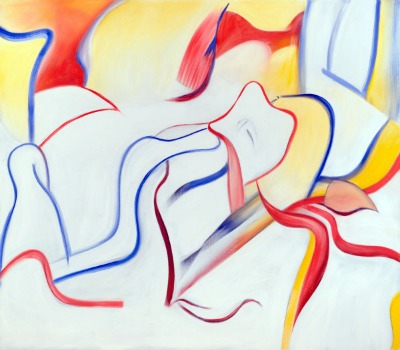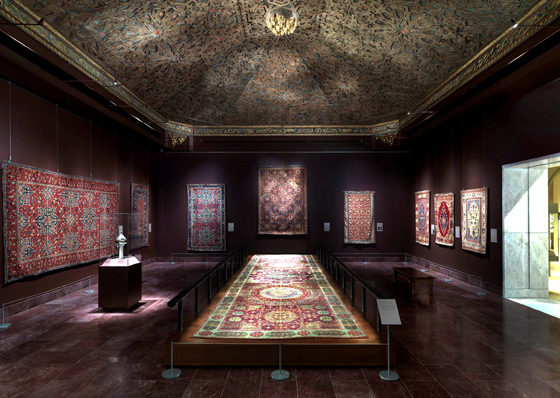As the semester closes, a time of reflection is called for. The questions: which event was my favorite, which event was my least favorite, and what lessons did I learn from the class, must be addressed. Each answer of course must be explained in detail and reasons for the answer must be provided. I will begin with my most favorite event this whole semester: Fall for Dance.
When thinking about this class and the events we attended, Fall for Dance, without a doubt, pops into my mind instantaneously. This was my favorite for a series of reasons. One reason being the diversity it contained. Another reason being the excitement and speechlessness that it caused me to feel. And the third reason being, the countless unique interpretations that can be made by those who observed the magic of the performance. The four sections of various dance styles and music flowed seamlessly and really captured my attention. To narrow down which sections were my favorite from the performance itself, I would have to choose the first section of classic ballet and the last section, which I call the counting dance. Many people question why I chose the first section as one of my favorite parts. My answer to them is, technique and precision. It is not easy to carry out such movements in the graceful and enchanting manner that the dancers of this ballet did. I appreciate the practice they put into it and their talents. As for the counting dance, well that one is easy to distinguish from the rest, and easy to call a favorite. It stood out because it was like nothing anyone has ever seen before. The language of the numbers, the interpretative dancing, and let’s not forget the shocking “flashing”, were put together to form one major masterpiece, and for that I applaud the choreographers and everyone else that worked to make the dance a reality.
On the other side of the spectrum, my least favorite event would have to be either the Cone Sisters exhibit or the Don Giovanni Opera. Some might attack me for saying this, but I found the Cone Sisters exhibit rather dull. The room itself being gray didn’t help either. I just didn’t see what made this exhibit so special. So, a couple of art works possessed by these two women were displayed. Okay, and? Once, again this is just my opinion. The Don Giovanni Opera was probably great to many of my fellow classmates, but considering the fact that I already saw a Don Giovanni Opera earlier in the year (which I liked much more), made it repetitive and disappointing. Comparing the two operas couldn’t be helped. The actors and staging of the second opera were just not as amazing as the first opera I saw, despite the second opera being performed at the MET. However, I still found it interesting to see how different people could take one idea and turn it into multiple productions.
In conclusion, this seminar taught me many things. It taught me how to find the information about art that I desire, how much politics and controversy there is in the art world, and best of all… it taught me how to be a “snob”. Mission complete!











